Baker Hughes Stockholders to Receive 1.12 Halliburton Shares Plus $19.00 in Cash for Each Share They Own
Transaction Values Baker Hughes at $78.62 per Share as of November 12, 2014

 Highly Complementary Product Lines, Global Presence and Cutting-Edge Technologies Will enable Combined Company to Create Added Value for Customers
Highly Complementary Product Lines, Global Presence and Cutting-Edge Technologies Will enable Combined Company to Create Added Value for Customers
Accretive to Halliburton Cash Flow by the End of Year One, with Nearly $2 Billion in Synergies and Significant Cash Flow to Support Future Returns of Capital to Stockholders
HOUSTON – November 17, 2014 - Halliburton Company (NYSE: HAL) and Baker Hughes Incorporated (NYSE: BHI) have announced a definitive agreement under which Halliburton will acquire all the outstanding shares of Baker Hughes in a stock and cash transaction. The transaction is valued at $78.62 per Baker Hughes share, representing an equity value of $34.6 billion and enterprise value of $38.0 billion, based on Halliburton's closing price on November 12, 2014, the day prior to public confirmation by Baker Hughes that it was in talks with Halliburton regarding a transaction. Upon the completion of the transaction, Baker Hughes stockholders will own approximately 36 percent of the combined company. The agreement has been unanimously approved by both companies' Boards of Directors.
The transaction combines two highly complementary suites of products and services into a comprehensive offering to oil and natural gas customers. On a pro-forma basis the combined company had 2013 revenues of $51.8 billion, more than 136,000 employees and operations in more than 80 countries around the world.
"We are pleased to announce this combination with Baker Hughes, which will create a bellwether global oilfield services company and offer compelling benefits for the stockholders, customers and other stakeholders of Baker Hughes and Halliburton," said Dave Lesar, Chairman and Chief Executive Officer of Halliburton. "The transaction will combine the companies' product and service capabilities to deliver an unsurpassed depth and breadth of solutions to our customers, creating a Houston-based global oilfield services champion, manufacturing and exporting technologies, and creating jobs and serving customers around the globe."
Lesar continued, "The stockholders of Baker Hughes will immediately receive a substantial premium and have the opportunity to participate in the significant upside potential of the combined company. Our stockholders know our management team and know we live up to our commitments. We know how to create value, how to execute, and how to integrate in order to make this combination successful. We expect the combination to yield annual cost synergies of nearly $2 billion. As such, we expect that the acquisition will be accretive to Halliburton's cash flow by the end of the first year after closing and to earnings per share by the end of the second year. We anticipate that the combined company will also generate significant free cash flow, allowing for the return of substantial capital to stockholders."
Martin Craighead, Chairman and Chief Executive Officer of Baker Hughes said, "This brings our stockholders a significant premium and the opportunity to own a meaningful share in a larger, more competitive global company. By combining two great companies that have delivered cutting-edge solutions to customers in the worldwide oil and gas industry for more than a century, we will create a new world of opportunities to advance the development of technologies for our customers. We envision a combined company capable of achieving opportunities that neither company would have realized as well – or as quickly – on its own, all while creating exciting new opportunities for employees."
Lesar concluded, "We believe that the expertise of both companies' employees and leaders will be a competitive advantage for the combined company. Together with the people of Baker Hughes, we will establish a team to develop a detailed and thoughtful integration plan to make the post-closing transition as seamless, efficient and productive as possible. We look forward to welcoming the talented employees of Baker Hughes and are pleased they will be joining the Halliburton team."
Transaction Terms and Approvals
Under the terms of the agreement, stockholders of Baker Hughes will receive, for each Baker Hughes share, a fixed exchange ratio of 1.12 Halliburton shares plus $19.00 in cash. The value of the merger consideration as of November 12, 2014 represents 8.1 times current consensus 2014 EBITDA estimates and 7.2 times current consensus 2015 EBITDA estimates. The transaction value represents a premium of 40.8 percent to the stock price of Baker Hughes on October 10, 2014, the day prior to Halliburton's initial offer to Baker Hughes. And over longer time periods, based on the consideration, this represents a one year, three year and five year premium of 36.3 percent, 34.5 percent, and 25.9 percent, respectively.
Halliburton intends to finance the cash portion of the acquisition through a combination of cash on hand and fully committed debt financing.
The transaction is subject to approvals from each company's stockholders, regulatory approvals and customary closing conditions. Halliburton's and Baker Hughes' internationally recognized advisors have evaluated the likely actions needed to obtain regulatory approval, and Halliburton and Baker Hughes are committed to completing this combination. Halliburton has agreed to divest businesses that generate up to $7.5 billion in revenues, if required by regulators, although Halliburton believes that the divestitures required will be significantly less. Halliburton has agreed to pay a fee of $3.5 billion if the transaction terminates due to a failure to obtain required antitrust approvals. Halliburton is confident that a combination is achievable from a regulatory standpoint.
The transaction is expected to close in the second half of 2015.
Compelling Strategic and Financial Benefits
• • Leverages complementary strengths to create a company with an unsurpassed breadth and depth of products and services. The companies are highly complementary from the standpoint of product lines, global presence and cutting-edge technology in the worldwide oil and natural gas industry. The resulting company will provide a comprehensive suite of products and services to customers in virtually every oil and natural gas producing market in the world. This strategic combination will create an oilfield services supplier with the ability to serve customers through strong positions in key business lines, a fully integrated product and services platform, increased capabilities in the unconventional, deepwater and mature asset sectors, substantial and improved growth opportunities and continued high returns on capital.
• • Generates significant opportunities for synergies. In addition to the compelling and immediate premium Baker Hughes stockholders will receive, the transaction will also yield significant synergies. The combination will provide substantial efficiencies of scale and geographic scope, particularly in the Eastern Hemisphere, which will enhance fixed cost absorption. Once fully integrated, Halliburton expects the combination will yield annual cost synergies of nearly $2 billion. These synergies are expected to come primarily from operational improvements, especially North American margin improvement, personnel reorganization, real estate, corporate costs, R&D optimization and other administrative and organizational efficiencies.
• • Enables increased cash returns to stockholders. Halliburton expects the transaction to be accretive to cash flow by the end of the first year after closing and to earnings per share by the end of the second year. Halliburton expects that the combined company will maintain a strong investment grade credit profile and substantial financial flexibility. In addition, the combined company will generate significant free cash flow, allowing the return of cash to the combined investor base through dividends, share repurchases and similar actions.
Headquarters, Management and Board of Directors
The combined company will maintain the Halliburton name and continue to be traded on the New York Stock Exchange under the ticker symbol "HAL." The company will be headquartered in Houston, Texas,
Dave Lesar will continue as Chairman and Chief Executive Officer of the combined company. Following the completion of the transaction, the combined company's Board of Directors is expected to expand to 15 members, three of whom will come from the Board of Baker Hughes.
Concurrently with the execution of the merger agreement, Halliburton withdrew its slate of directors nominated for the Board of Directors of Baker Hughes.
Advisors
Credit Suisse is serving as lead financial advisor and BofA Merrill Lynch is also serving as financial advisor to Halliburton. Baker Botts L.L.P. and Wachtell, Lipton, Rosen & Katz are serving as Halliburton's legal counsel. BofA Merrill Lynch, as lead arranger, and Credit Suisse are providing fully committed debt financing in support of the cash portion of the consideration.
Goldman, Sachs & Co. is serving as financial advisor to Baker Hughes. Davis Polk & Wardwell LLP and Wilmer Cutler Pickering Hale and Dorr LLP are serving as Baker Hughes' legal counsel on this transaction.
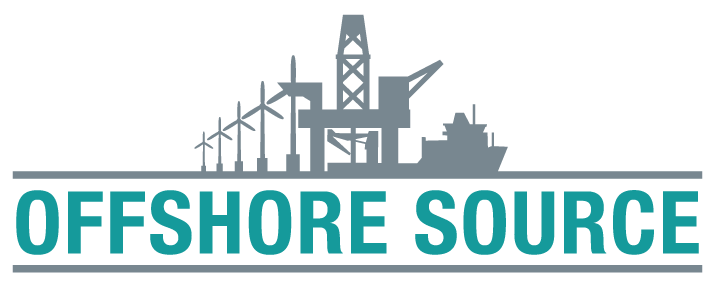
 NYC-based
NYC-based 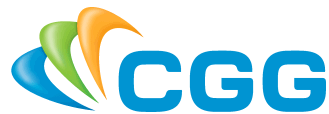
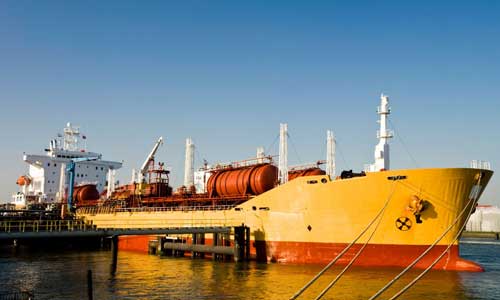
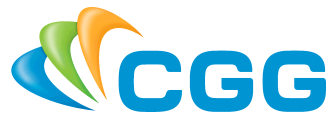
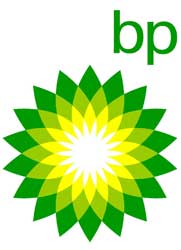 BP
BP With so much speculation surrounding the plummeting oil price, the state of the natural gas market has largely taken a backseat. However, gas prices are falling too, but the extent and impact of this varies around the world more than in the case of oil.
With so much speculation surrounding the plummeting oil price, the state of the natural gas market has largely taken a backseat. However, gas prices are falling too, but the extent and impact of this varies around the world more than in the case of oil. The recent fall in oil prices not only brings the obvious benefits of a boost to the global economy but also an opportunity to address the eye watering costs of energy subsidies.
The recent fall in oil prices not only brings the obvious benefits of a boost to the global economy but also an opportunity to address the eye watering costs of energy subsidies. BP's business activities in the US helped generate close to $143 billion in economic impact in 2013 and currently support nearly 220,000 American jobs, according to the company's US Economic Impact Report 2014.
BP's business activities in the US helped generate close to $143 billion in economic impact in 2013 and currently support nearly 220,000 American jobs, according to the company's US Economic Impact Report 2014. With oil prices plummeting to a five year low, and project cut backs likely in 2015, short-term funding for US shale may lose out to the country's higher cost deep water developments, the latest article by leading petroleum industry advisor
With oil prices plummeting to a five year low, and project cut backs likely in 2015, short-term funding for US shale may lose out to the country's higher cost deep water developments, the latest article by leading petroleum industry advisor  Highly Complementary Product Lines, Global Presence and Cutting-Edge Technologies Will enable Combined Company to Create Added Value for Customers
Highly Complementary Product Lines, Global Presence and Cutting-Edge Technologies Will enable Combined Company to Create Added Value for Customers